Signs You May Need Emergency Tree Service: Identifying Critical Issues Before It's Too Late
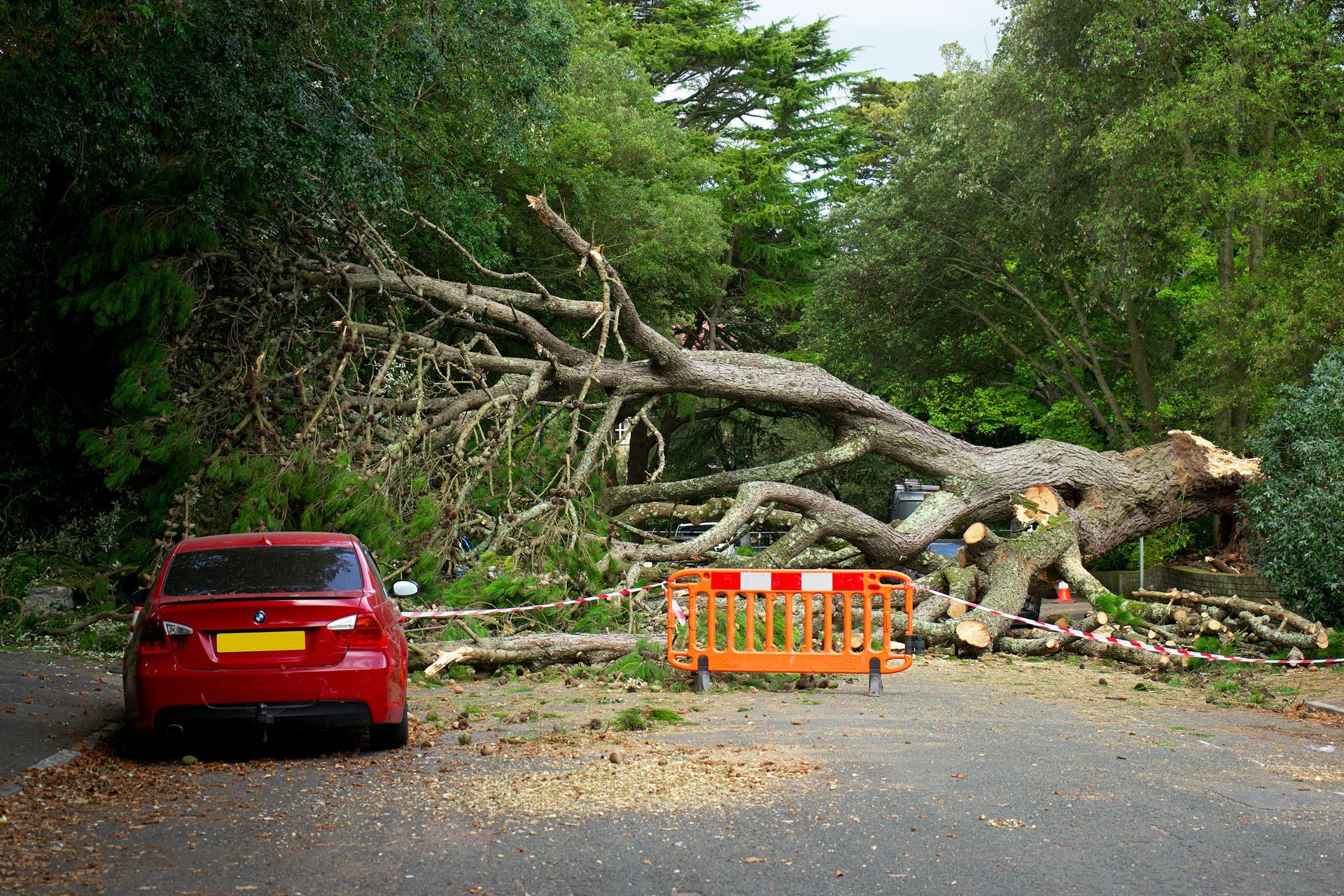
Trees are a beautiful and valuable addition to any landscape, providing shade, aesthetic appeal, and a habitat for wildlife. However, when trees are in distress or damaged, they can become a threat to your property, health, and safety. Understanding the signs that indicate when you need emergency tree service is crucial to preventing accidents and avoiding costly damage. Here are several signs that it might be time to call in a professional arborist for emergency tree care.
Look for overhanging branches that threaten power lines or physical structures, as well as any sudden leaning of trees. These physical changes can signal underlying issues that require professional attention. Additionally, signs of decay or insect infestation can threaten not only the tree but also nearby structures.
Being aware of these warning signs enables you to act swiftly. Ignoring them could lead to costly repairs or hazardous situations. Stay informed to protect your property and ensure a safe environment.
Recognizing the Warning Signs
Awareness of tree health is crucial for safety and maintenance. Certain signs can indicate that a tree may require emergency services. Recognizing these symptoms early can prevent property damage or injury.
1. Sudden Lean in Your Tree
One of the most obvious signs that you need emergency tree removal service is a sudden lean in a tree. This can be a serious issue. If a tree appears to be tilting, it may indicate root instability or internal decay. Look for a lean greater than 15 degrees from vertical.
Assessing the soil around the tree is important. If the soil is heaving or if large roots are exposed, urgent action may be required. A leaning tree can easily fall, especially during storms or high winds.
If you notice a lean, contact an arborist for further evaluation. They can determine whether the tree can be saved or if it poses a risk.
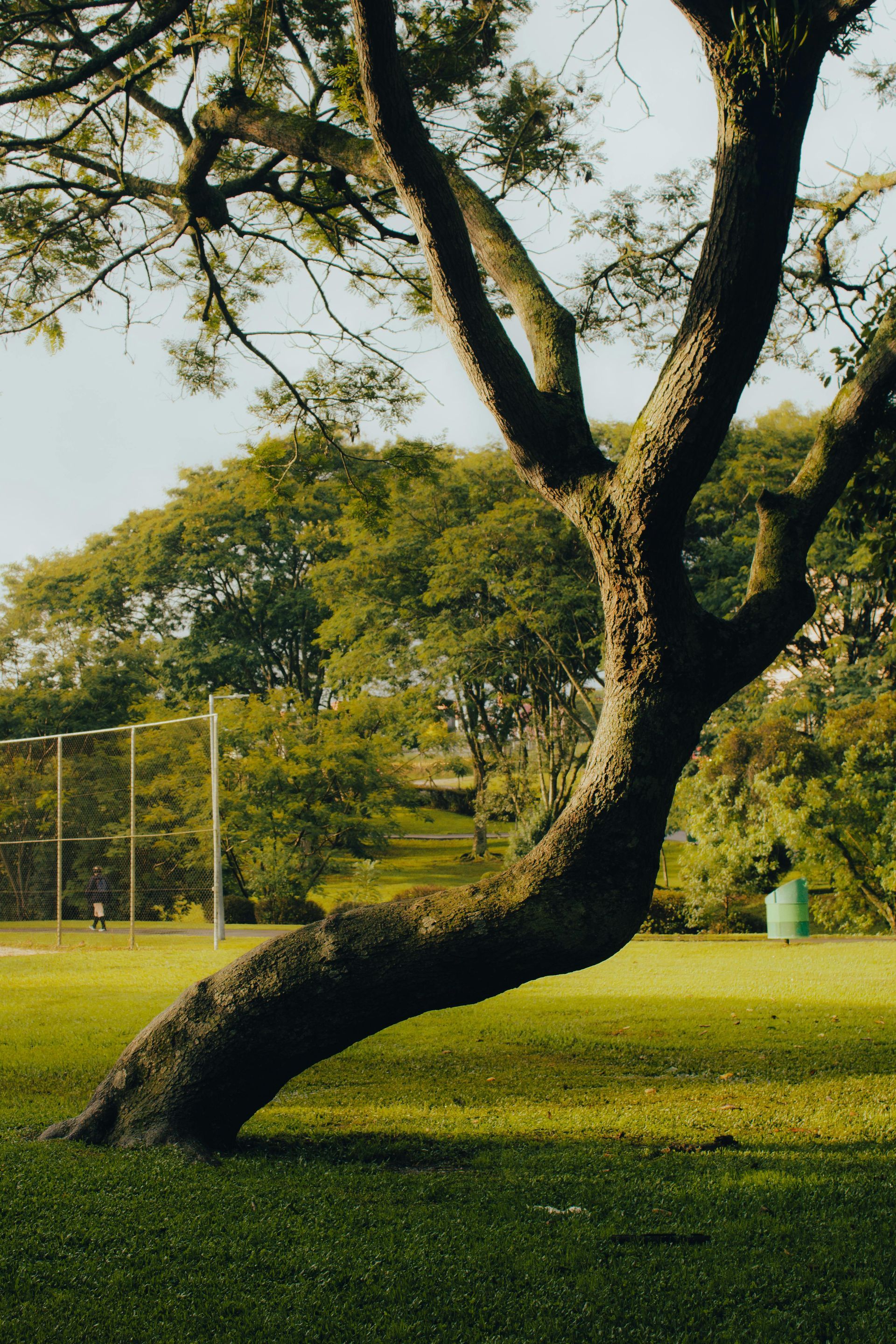
Cracked or Splits in the Trunk
Cracks or splits in the trunk of a tree are concerning signs of structural weakness. These fissures allow pests and diseases to enter, potentially leading to decay.
Examine the trunk for vertical cracks, especially on the side facing prevailing winds. Horizontal cracks may indicate significant stress or damage.
Deep cracks can compromise the tree’s integrity. If cracks are present and expanding, it's advisable to seek immediate professional assessment. An arborist can help manage the situation before it worsens.
3. Hanging or Broken Branches
Hanging or broken branches signal that a tree is in distress. These branches may fall spontaneously, posing hazards to people and property beneath them.
Assess the tree for large, partially detached limbs. These may have lost their connection due to storm damage or internal decay. Branches that are sagging significantly should be prioritized for removal.
Broken branches can lead to infection or pest infestations. Therefore, expert tree care service is essential in these cases to ensure safe removal and proper tree health management.
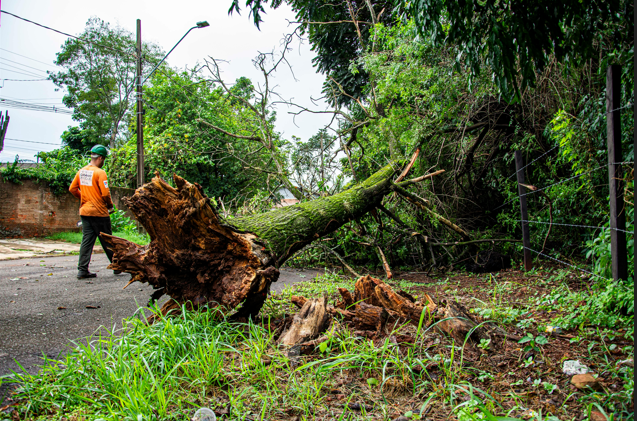
4. Decay and Fungus Growth
Decay and fungus growth are indicators of a compromised tree health. Fungal growth, such as mushrooms, can often be seen at the base or on the trunk, suggesting internal rot.
Inspect for signs of discoloration in the bark or soft spots when you touch the wood. Hollow sections can indicate advanced decay. It’s critical to address fungal issues immediately, as they can threaten the tree's stability. Consulting an arborist is recommended to diagnose the extent of decay and decide on the next steps.
5. Weather Related Storm Damage
Severe weather can create hazardous conditions for trees, which may require emergency tree services right away. Recognizing the signs of tree distress during storms or after heavy snow and ice can help prevent further damage to property and maintain safety.
Fallen trees can obstruct driveways, power lines, or even buildings, creating hazardous situations that need immediate attention.
Damage from Storms
Storms can lead to significant damage to trees. High winds can uproot trees or break branches, posing risks to surrounding structures and people.
Signs to look for include:
- Leaning trees: Trees that are leaning significantly may be compromised.
- Cracked branches: Visible cracks often indicate weakness.
- Wounded trunks: Look for bark damage or deep gouges.
If you notice any of these, consider contacting an emergency
tree service for evaluation. Quick action can prevent dangerous situations.
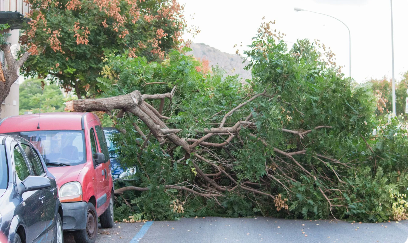
Heavy Snow and Ice Accumulation
Heavy snow and ice can place substantial weight on tree branches, leading to breakage or even tree collapse.
Indicators of concern include:
- Bent branches: Branches that are sagging under weight may snap.
- Ice buildup: Accumulation of ice on branches signifies potential hazards.
Regularly check large trees during winter storms. If you see significant bending or feel unsafe, a professional assessment is essential. This approach minimizes the risk of injury or property damage from fallen branches or trees.

Trees provide many benefits, but when they’re in distress, they can become a danger to your home, property, and family. Recognizing the signs that a tree may need emergency service—such as leaning, cracks, dead branches, storm damage, root issues, pests, or fungi—can help you act quickly and avoid catastrophic consequences. Regular inspections and prompt action can ensure the safety of your property and the health of your trees. Always contact a certified arborist for professional advice and emergency tree removal services to address these issues before they escalate.
Contact Us
Ready to take the next step in tree care? Give us a call today to ask about our tree trimming, pruning, removal, and stump grinding services. We’re here to help you keep your property safe and your trees healthy for years to come!
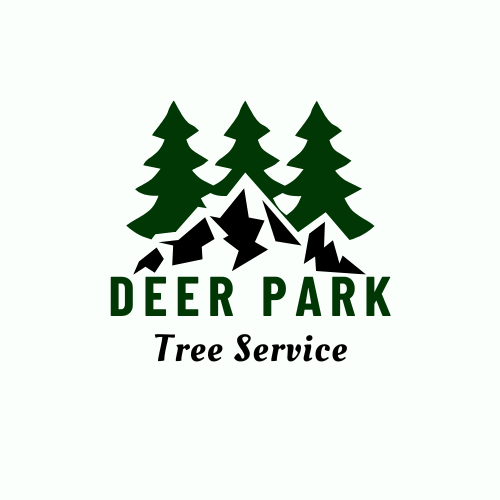
At Deer Park Tree Service, we create outdoor tree oases for many homes and commercial buildings in the Abbotsford and lower mainland area.
MENU
STAY CONNECTED
Join our newsletter and find out more
Contact Us
We will get back to you as soon as possible
Please try again later
All Rights Reserved |Powered By Snapps